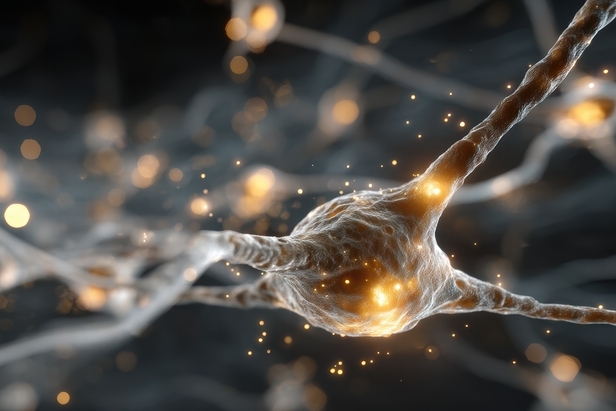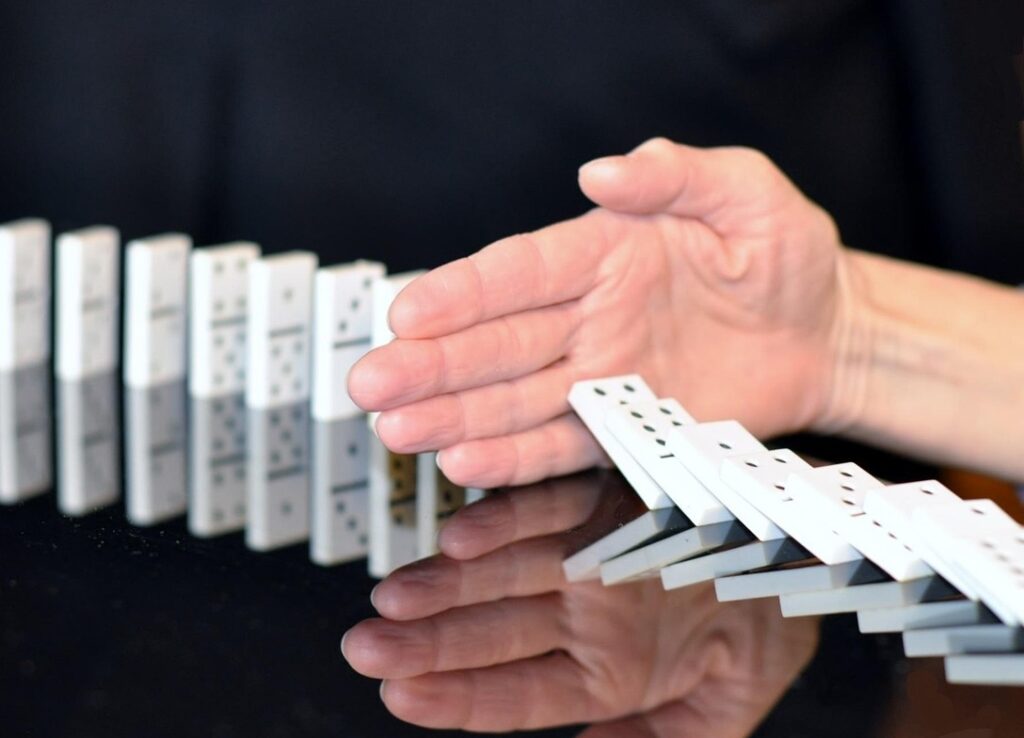
Every person has a natural desire to seek pleasure, satisfaction, and relief from everyday stress. Enjoyment and reward are part of what keeps us alive and motivated. They make pain more bearable, inspire creativity, and give us the energy to face daily challenges.
However, in the search for happiness, people often choose the easiest path instead of the healthiest one. Instead of solving problems, some turn to alcohol, drugs, or other behaviors to escape discomfort—if only for a moment.
For treatment of Addiction Contact Dr.Kowal:
Call CHMCUnderstanding Addiction
Addiction can develop in many forms. It may involve substances like alcohol, nicotine, or medication, but it can also arise from behaviors such as gambling, gaming, shopping, or excessive internet use. Whether chemical or behavioral, addiction follows the same basic principle: the brain’s reward system gets hijacked.
When we experience pleasure, our brain releases dopamine, a chemical that makes us feel good and motivates us to repeat the activity. Over time, the brain starts to demand more of the same stimulus to reach the same level of satisfaction. What once felt rewarding becomes a necessity, and the person loses control.
The Brain Chemistry of Addiction

Dopamine is at the center of our reward system. It creates feelings of anticipation, motivation, and joy. Normally, the brain regulates dopamine production to maintain balance. But with frequent exposure to strong stimuli—like alcohol, drugs, or even constant social media use—the system becomes overstimulated.
The brain gradually reduces its own dopamine production, which means that without the substance or behavior, a person feels empty, anxious, or unwell. This creates a vicious cycle: the more one uses or repeats the behavior, the less rewarding it feels, and the more is needed to reach the same effect.
From Pleasure to Dependence
Addiction doesn’t appear overnight—it’s a gradual process. It usually starts with curiosity or social experimentation. Then comes the pleasure phase, when the person consciously repeats the behavior to feel good. Over time, this can turn into misuse, where the substance or activity is used to escape negative emotions. Eventually, it becomes a habit—something automatic and hard to control. The final stage is dependence, when the behavior or substance dominates life completely.
At this point, using or engaging in the addictive behavior is no longer about pleasure—it becomes a necessity to feel “normal.”
Why Some People Are More Vulnerable
Not everyone who drinks alcohol or plays video games becomes addicted. Research shows that some individuals have a reduced ability to control impulses—a function known as inhibitory control. Personality traits such as anxiety, depression, low self-esteem, impulsivity, and low frustration tolerance can also increase vulnerability. Childhood experiences, trauma, and genetic factors play a role as well.
There is no single “addictive personality,” but certain emotional and psychological patterns make addiction more likely to develop.
What Addiction Tries to Replace
Many addictions are a form of compensation. They can serve as an escape from loneliness, stress, fear, or emotional emptiness. For example, someone with a gambling addiction might not chase money but the thrill of possibility and temporary relief from boredom or sadness. Similarly, a person addicted to video games may use virtual worlds to avoid reality or social anxiety.
Recognizing what lies behind the addiction is the key to recovery.
How to Break the Cycle of Addiction

Overcoming addiction starts with awareness. Many people live for years in denial, even when family and friends express concern.
The first real step is acknowledging the problem and deciding to change. This requires courage and often professional help.
Step 1: Realization
The person admits that the behavior or substance is controlling their life. This stage often follows a personal crisis or a moment of deep reflection.
Step 2: Preparation
Once the decision is made, preparation begins—removing triggers, seeking therapy, joining a support group, and planning new routines.
Step 3: Action
This phase involves active change: detoxification, therapy sessions, and developing new coping strategies. In cases of substance addiction, medical detox may be necessary to stabilize the body and reduce withdrawal symptoms.
Step 4: Maintenance
After the first weeks or months of abstinence, the focus shifts to maintaining balance. Triggers—like stress, social gatherings, or boredom—can easily cause relapse. Long-term success requires a strong support system and ongoing self-awareness.
Addiction Treatment and Recovery
Addiction is not a sign of weakness—it is a treatable condition. Therapy helps individuals understand the roots of their addiction and develop healthier ways to manage emotions and stress. Cognitive-behavioral therapy (CBT), group sessions, and family therapy are proven methods. For many, the goal is not only to quit the substance or behavior but also to build a new, fulfilling lifestyle.
Finding Motivation to Change

The motivation to overcome addiction is deeply personal. It may come from love, a new life goal, or simply the realization that things must change.
Turning points often arise from life events such as starting a career, having a child, or facing health problems. These moments can awaken a strong inner desire for independence and self-control.
Overcoming Addiction: Healing Is Possible
Addiction is powerful, but recovery is stronger. With understanding, patience, and professional help, the brain and body can regain balance. Healing means learning to find pleasure in healthy, meaningful ways again—through relationships, creativity, nature, or personal growth.
Addiction may begin as a shortcut to happiness, but true freedom comes from facing life with clarity and courage.


